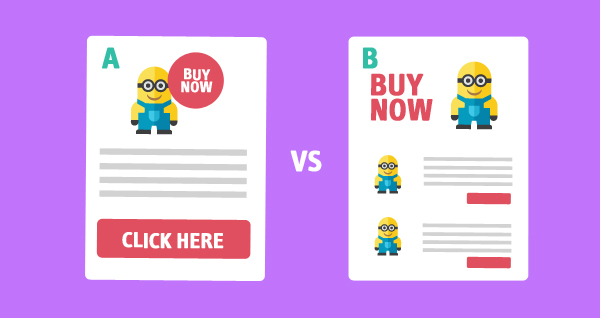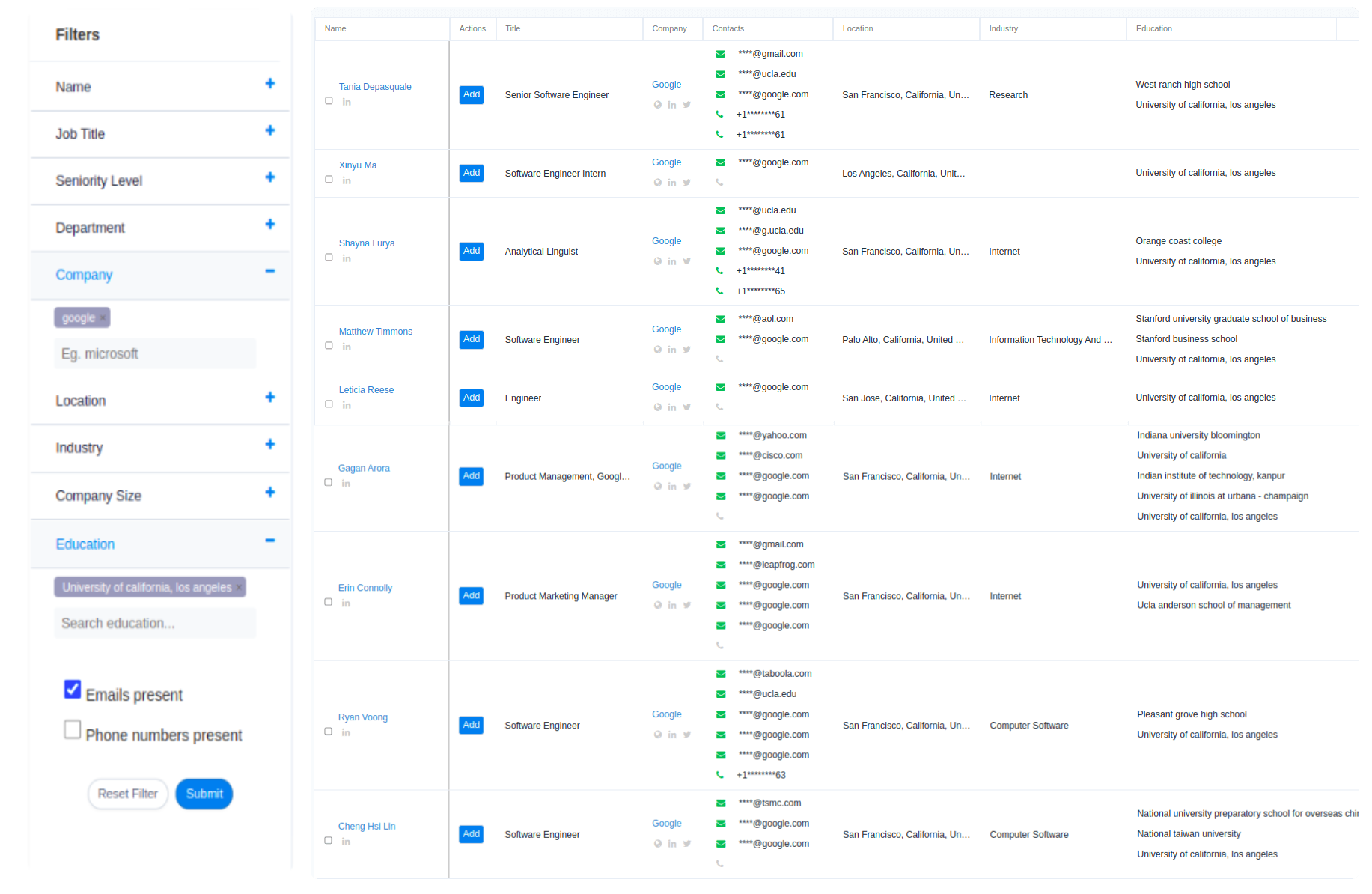Your email list is the life and blood of your business.
In order to take advantage of connecting with customers through your compiled email lists, you need to work on email list building.
Depending on your strategy, your email lists can shrink as members opt out of email subscriptions, or grow more and more in number in case your marketing endeavour is a great success.
And the more ways you can encourage visitors to subscribe to your email, the stronger your email list will be.
Have a look at the following tips that will help you build your email list tremendously:
1. Leverage referrals

But the question is: how would you ask your readers/customers to share it with their acquaintances? And why would they do it for you in the first place?
Well, depending on your brand, there are many different ways to ask readers to do this. It could be subtle or quite blunt.
Examples could include instances of little reminders at the bottom that says “forward if you like it”. But there are other methods as well. There could be a very personal angle to the message, something like mentioning how valued each and every individual is, and how important everyone coming together is for the benefit of the society as a whole.
There could also be an inclination towards knowing who the customers think could benefit from this. It may come as an appeal to forward the newsletter to someone who does not have access to it.
Whatever tactic one takes, a simple task can sometimes be enough to get readers to share your content.
In-built Sign-up Forms:
If you want to build your email list, then sign-up forms will always come in handy for you.
While the first point appeals to the reader, this option is tailor-made for the acquaintance that they will forward their email to.
By doing something as simple as including a link to your signup page in the newsletter, you can make it extremely easy for someone who received your newsletter from a friend to opt-in to your list. It enhances their user experience and goes a long way in growing the numbers of your list. It also provides you an opportunity to convert these prospects into your loyal customers.
Offer Referrals With Rewards:
A rewarded referral is a promise that every referral will be accompanied by a reward that the customers will value. These can vary from one another but can include items like movie tickets, shopping coupons, cash discounts among many others.
The main agenda is to correctly pinpoint what drives the customer, and what rewards the customer will necessarily value. Identification of this can lead to putting an effective rewarded referral system in place.
A double-sided referral is also useful here. In such a case, the referrer and the referee both have incentives to gain when the referee signs up. Here, both parties have the necessary motivation to go through with the referral process.
A great success story in this context is that of Dropbox. Their rise to prominence is one of the best examples of how one can leverage referrals. In between 2008 and 2010, they managed to double their user base every 3 months. Figuratively, it was s a 3900% growth in 15 months.
The appeal of Dropbox’s referral program was very simple and easy, laced with a stroke of genius. The product was storage space in the cloud, so they decided to reward people with more free space not only for referring to their friends but also for accepting an invitation.
This was a double-edged sword, with incentives for both the parties – the person who is inviting and the one whom he is inviting.
PayPal had a somewhat similar campaign, called Refer-a-friend program.
Have a look at Paypal’s Refer-a-friend program as well:
Lastly, the masterstroke of Dropbox was offering value. That’s why instead of a very basic, banal and less incentivized ‘Invite your friends’, Dropbox framed the referral program quite radically as ‘Get more space’. This appealed to the personal incentive of users, and they themselves fuelled the growth of Dropbox.
2. Create Squeeze Pages
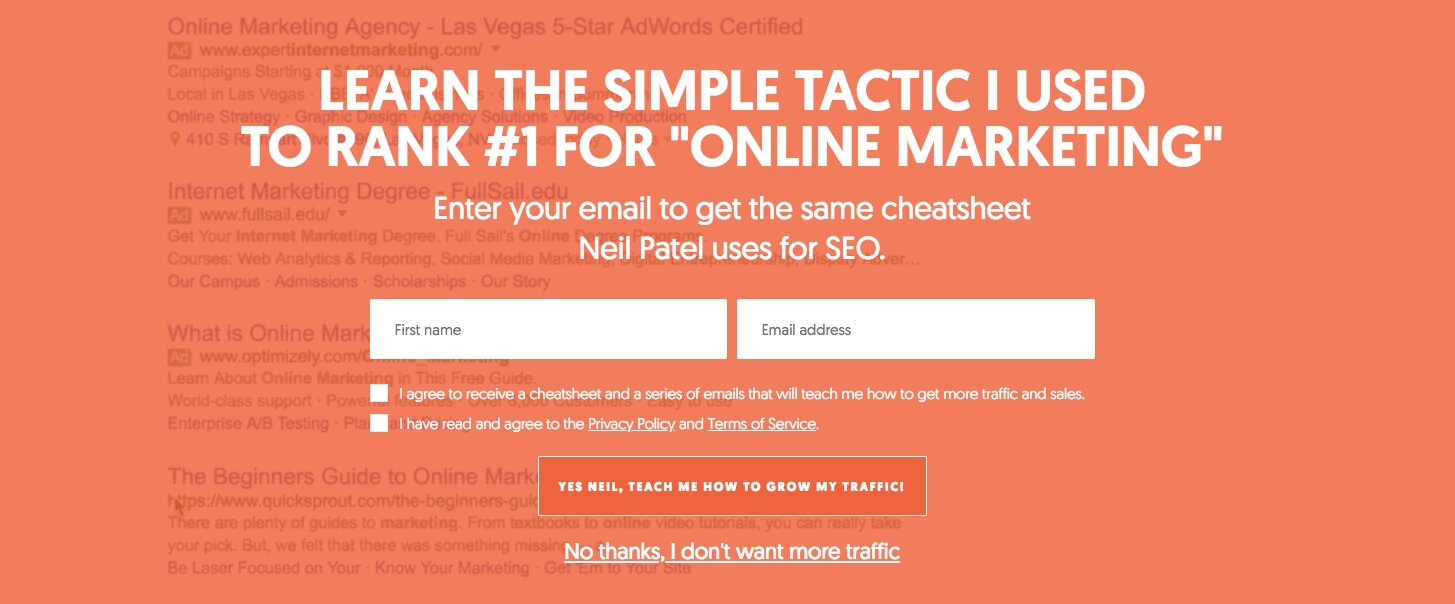
Well, a squeeze page is created with the sole purpose of extracting an email address out of your prospects.
Here’s a great Squeeze page example:
Here’s what Shane Barker, a popular content marketing influencer, says about Squeeze pages:
“A solid growth hack, based on my experience, is to create a social squeeze page. Write an impressive piece of content that will be extremely helpful for your audience. To get signups for your email list, create a sign-up form that clearly indicates the benefits of signing up to your emails. People will willingly provide their email addresses to you if they find your content helpful as they’ll get updated each time you add more content. “
3. Host a giveaway

Hosting giveaways is a great way to funnel and segment interested leads and prospective customers. This is a good way to attract people who are interested in your offering and weed out disinterested people, which allows for increased specificity and better utilization of time and resources.
The first step is to zero in on something that your prospective customers will value. However, choosing the right giveaway is very challenging. The giveaways must not appeal to a large number of people, which may cause dilution of leads. A giveaway with a narrow appeal could end up hurting your business. There is a very thin line in between to tread.
Bryan Harris hosted a giveaway to land 2,239 emails within 10 days.
Yes, just 10 days.
Here’s the giveaway offer:
To build your email list using a giveaway like Bryan, you need to follow through the 2 important steps:
Step#1 The first step to follow is to give away something of considerable value to people who are the target audience. This way, the right people could be brought on board. The people in the same business would value more or less the same work-related items.
Step#2 The second step could be to address the self-interest of others. In case of such giveaways, a prospective customer does not willingly share the news of giveaways, simply because he or she assumes that increasing the pool of interested people could hurt their chances of winning. They do not pass along the appropriate information, and thus giveaways seldom gain the momentum they need and end up failing.
This step could be addressed by assigning a person two or three more chances of winning, upon converting a contact. This way, the person’s chances of winning are increased, and he or she does not mind passing the information along.
With hosting giveaways, you gather a considerable number of emails of interested customers. Moreover, you know that they have signed up only because of their latent interest, hence it would be safe to add them to your email list. It is a very good way to increase your list.
4. Chat window sign-up
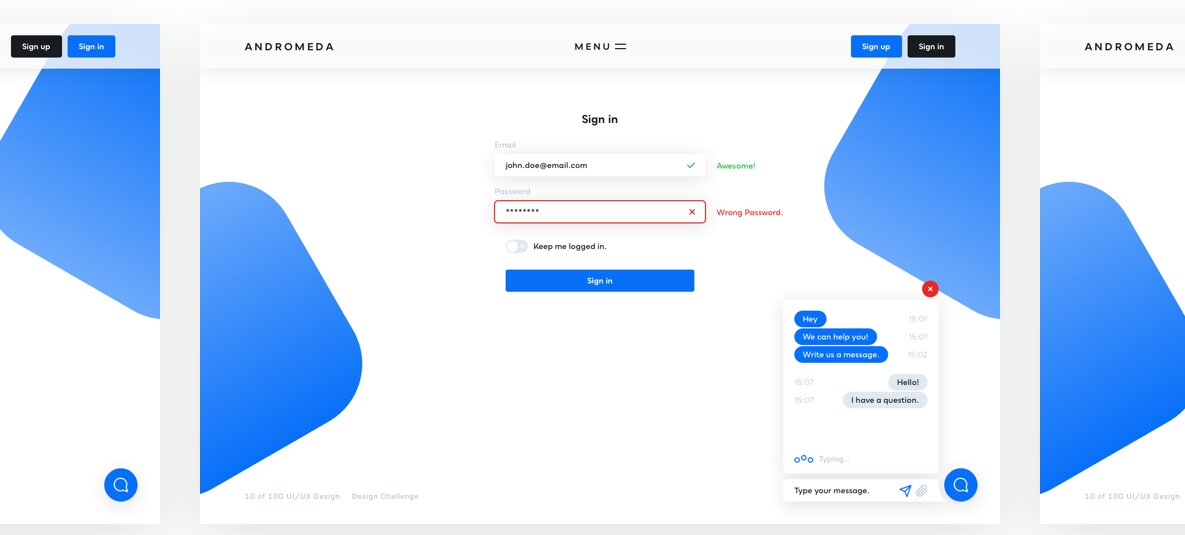
An overwhelming majority of customers would agree that they would prefer immediate redressal of their questions and doubts as soon as they faced them. It is true in case of sales, marketing, and even customer servicing. If the customer is not getting what he wants or hearing the justifications that he or she needs to hear, the chances of the customer leaving increases exponentially. They begin to think negatively about the business.
This is where chat windows can come in handy. They can provide the customers with immediate answers that they desire, and stop a business from losing prospective and interested customers due to a snag.
Let’s take the example of SnapEngage.
A majority of customers immediately exit a website when they encounter an error 404. It is extremely frustrating, and most of the customers do not bother to return. Rather than providing a list of suggested links that may or may not be relevant to their visitors’ search, SnapEngage immediately begins a chat window immediately when website visitors land on their 404 pages.
Here they can quickly guide them to the content they are looking for.
These sort of things result more often than not in customers signing up using their email addresses because they find the website to be trustworthy and effective.
5. Create opt-in forms
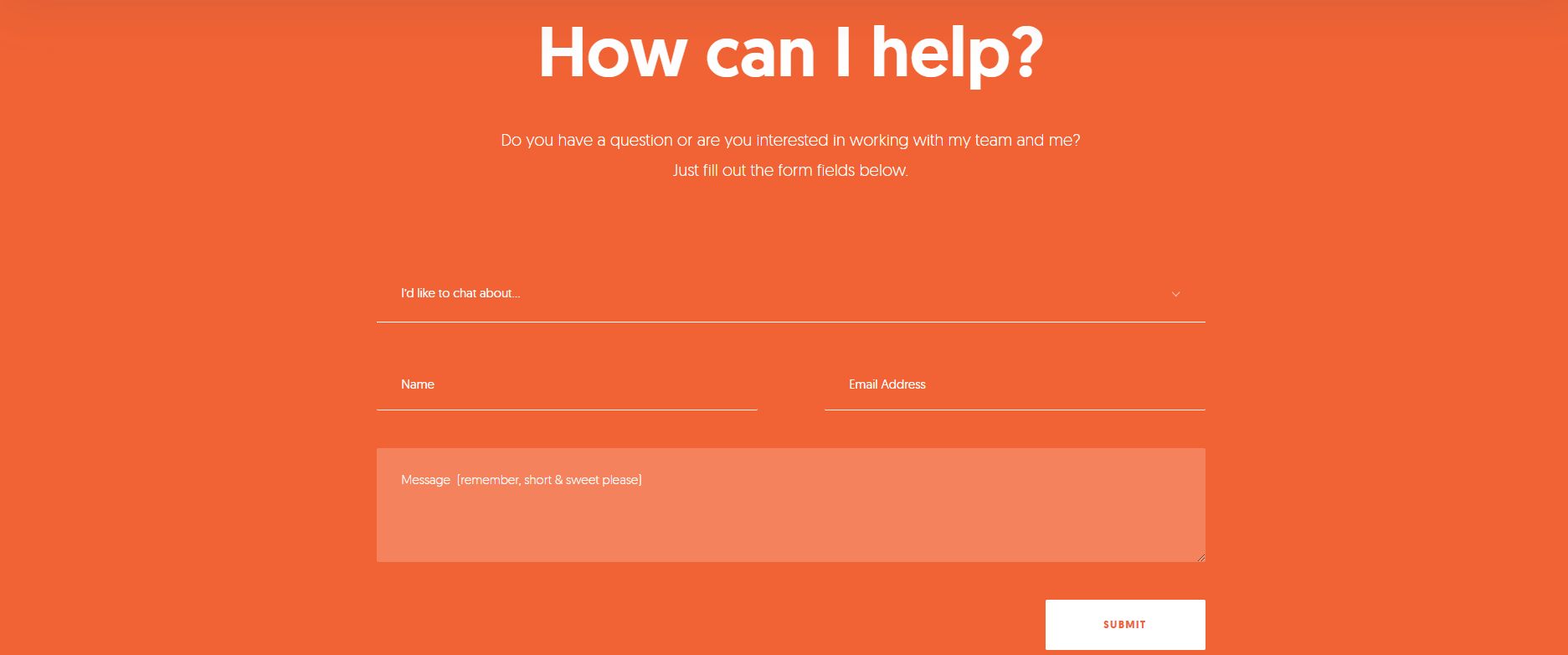
A dedicated landing page on the website for email sign-ups is a great idea. But having sign-up forms on other pages of the sites, including the main blog page, and every blog one writes, is probably a better idea.
These forms can be created via email software. The instructions and the approach shall vary according to the business one is in. But at the very least, it should be straightforward and easy to find.
A shortcode of the form can also be generated, to be embedded on your website.
The only piece of information required to join is the customer’s email address. Short and succinct opt-in forms increase the probability that more people will sign up.
If, on the other hand, it requires first name, last name, email address, phone number, zip code and other excessive details that the customer may feel too bored to fill, you are unknowingly pushing a customer away from you. That is extremely bad for business. At the end of the day, all that is needed is a mode of contact, with email being the easiest and most basic.
Other information is going to be needed after a certain point in time to increase customer friendliness and enhance their experience, but this is a bad line to toe at the first instance. In the initial stage, we should be content with the basics.
6. Use a sticky bar

A sticky bar is usually horizontal. It can stick either at the top or the bottom of the page, but usually, it is better at the top, since it is more eye-catching that way. It’s a type of website conversion tool and is extremely customizable as per your myriad needs.
Here is a good example:
This method may not end up generating a great number of leads, but it can be effective, because the ones who actually go through the entire process actually non-verbally display their interest, and can be effectively pursued.
7. Run A/B tests
Email marketingis largely dependent on the maximization of your open, click and response rates, which in turn converts into leads and finally into sales. It works like a funnel.
However, MailChimp estimates that open rates vary from 18% to 28%, depending on the industry concerned. In other words, around 75% mails aimed at email marketing are never opened. That is quite a staggering statistic. In the current era, mailboxes are full, lives are busy and very few people actually take the time to check out their entire mailbox. More often than not, email marketing emails are directed towards the trash.
The inference is that there is no magic formula for carving that perfect email. No one can guess correctly what will work and what will not. A lot of it happens on a trial and error basis.
Therefore, the only chance of enhancing your email check rates is conducting A/B tests, and keep doing them.
How can A/B Tests help?
- After running some preliminary tests, you will be able to uncover what works for your company and your industry, and you will be able to move towards that direction
- Increased number of views and clicks
- Allows you to measure metrics like open rate and the conversion rate of your emails
- You get an extremely precise estimate of your return on investment (ROI)
This test is an excellent method to unravel unique differences and hidden patterns between other industries and yours that are not easily discernible and can help you target your resources elsewhere, in a more concentrated and economically successful way.
8. Turn blog comments into email subscribers

While you can see the user data and manually email commenters, exporting them in bulk is no mean feat. But the first step, whatever be the case, must be a contract or an agreement.
When you are looking to leverage this method, certain comment policies must be put in place. This is essentially a charter that outlines what type of comments are allowed or not allowed on your comments section.
A very useful method is to display the charter each time a new customer wants to type something. And unless the “Agree” button is clicked, the options to comment will not be activated. Only when the button is clicked and proper sign-in is done via submitting an email address, does the comment section get accessible? This helps weed out customers outside your target audience, properly channelize the contacts that you get and gather precious email addresses.
However, an ethical thing to do is providing an “unsubscribe” option somewhere in the comment section or blog, so that an uninterested customer may opt-out. Not only is it moral, but it also portrays your business in a professional light.
9. Turn your Linkedin into email list provider
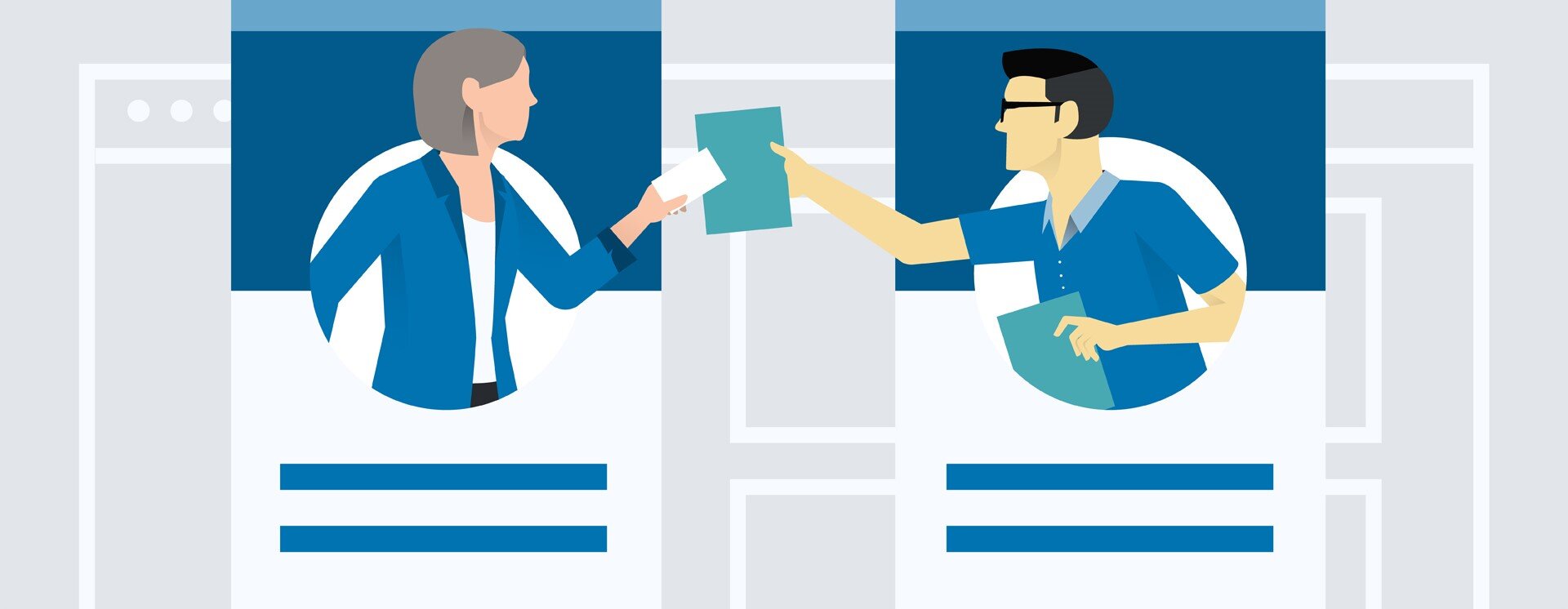
It is an extremely powerful platform to go about increasing your contacts and your email list. Step by step, you could first do a search on the segment you want to target, and probably connect with industry players on LinkedIn.
Getting in touch for business purposes and increasing contacts is an appreciable way to go about your business.
When you are contacting someone the first time on LinkedIn:
Remember, before the use of a tool or platform, permission is the key. By explicit permission, it is meant that each person who is a prospective recipient of emails understands, has agreed to, and is expecting to receive this communication.
Don’t just assume that your connections are expecting something or they are your connections simply because of some abstract hidden reason. It may be something as simple as having met you at an event, have done business with you in the past or they would like to hear from your business on a one-to-one basis.
When you have already contacted someone on LinkedIn:
In addition to these, there will also be contacts with whom you have never conversed, and logically speaking, would never have either. It is highly possible that their sole purpose of adding you as contact is to increase their visibility or simply to increase their number of contacts. In this case, you should control and resist the urge to export this list and mass email them from your free email service provider.
This is only an open invitation for the generation of spam complaints. A graver downside is that it can negatively impact how prospective clients view you and your business, which may ultimately financially impact your bottom line.
Unless you are 100% sure that your contacts are willing to receive your emails, do not share it with them. It is always better to ask for permission. If you are sure that the recipients are willing, then you can go forward and set about increasing your email list with a clean mind.
10. Host an event or conference

You can even take your event online.
No participant has to leave their desks or compromise their free time. It is entirely virtual.
Simply log into an “event” online, where you can meet and interact with people through messaging platforms. Here, you can also visit specific rooms, which are called web pages, where you can watch speakers present their material in the form of a recorded video.
Some of the best platforms to help you host your event, include:
- WebinarJam
- EasyWebinar
- Demio
- EverWebinar
- Adobe Connect
- Google Hangouts
- GoToWebinar
- Livestream
- Zoom
- Zoho
It essentially embodies a concept of independence, where you do not have to rush to a meeting, despite some problems that you might be facing. It takes geographical and time constraints out of the equation. Instead, you can choose to join a meeting at your own sweet time, by looking at, and listening to the saved videos. It aligns perfectly with the culture and popularity of on-demand services, making it a very utilitarian and attractive prospect.
With a proper mechanism in place for interested users to sign up by using their email addresses, you can gather a large number of email addresses.
Also, by asking every speaker to sign up using email addresses and to send invites to acquaintances who are then required to sign up, you can generate a good number of leads. The best thing about this will be that every person who signs up will be interested in the event or conference and thus will sign up.
It is thus safe to assume that they would be interested in your receiving your emails. Hosting an event or conference is quite empowering, and also sends out a clear message that you mean business.
Wrap-Up
Email lists are undeniably important due to their ability to contribute to profitability. Email marketing is the best way to connect with customers vs. social media. In fact, studies showed that a person is nearly 5 times more likely to get higher click-through rates by sending emails instead of tweets. Also, email is more effective at acquiring new customers than Facebook or Twitter. Thus, it is an area that needs and justifies significant emphasis.

